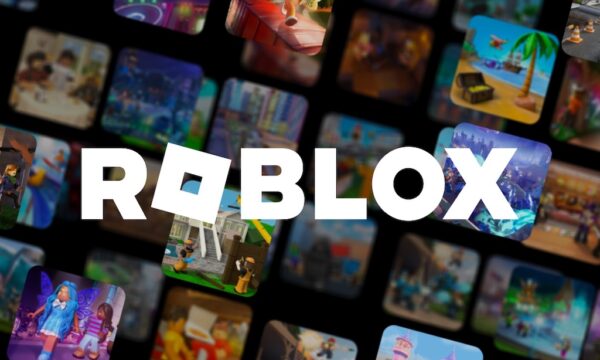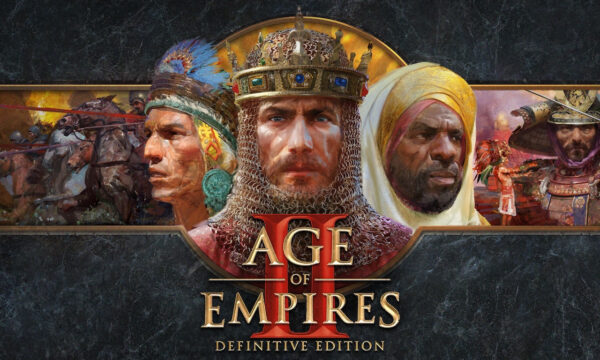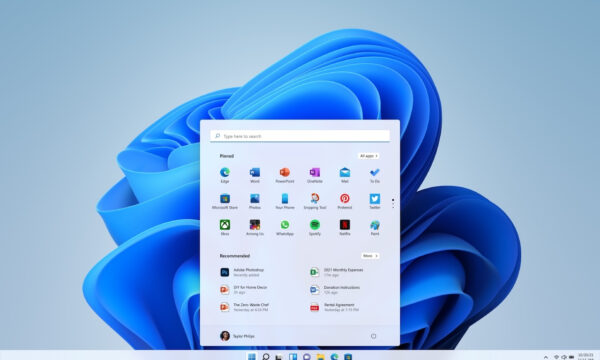Why digital libraries are essential for knowledge in the 21st century

A new kind of library for a new kind of world
The idea of a quiet room filled with rows of dusty books still brings comfort to many. But the reality today is that learning often happens through a screen rather than at a desk in a reading room. Digital libraries are stepping in where brick-and-mortar libraries once ruled. They provide something the old model cannot – instant reach across borders and time zones.
In this faster world where people are flooded with content, the value of well-organized digital knowledge has only gone up. That is one reason why many turn to Z lib when searching for fresh inspiration. It’s not only about convenience – though that helps. It’s about cutting through noise and finding material that matters. Whether it’s a 19th-century essay or a recent scientific paper, access is now only a click away.
Not just archives but living collections
Books in a digital library do not gather dust. They evolve. New titles are added while older ones are often re-formatted or corrected for clarity. And that means the idea of a “collection” is always in motion. This creates an active space where knowledge breathes and grows with its readers. Traditional libraries can be proud museums. But digital ones are closer to busy marketplaces filled with ideas.
In many cases these platforms do more than store text. They connect knowledge across genres and eras. A student studying climate change might stumble onto a philosophy essay that changes how they think about responsibility. That’s the magic of curated chaos – an unexpected collision that rewires understanding.
A few key reasons make these libraries so effective:
Open doors for curious minds
Digital libraries don’t have closing hours. That alone reshapes how people engage with books. A nurse working the night shift or a parent with unpredictable hours can still learn on their own terms. Access anytime means that education no longer bends to a schedule.
Less gatekeeping more growth
Physical libraries may hold treasures but they’re often bound by geography. Digital ones tear down those fences. Whether someone lives in a big city or a rural village they can reach the same pages. It’s not just access – it’s equal footing in the search for knowledge.
A safe haven for niche ideas
Topics that might get overlooked in traditional shelves find a home in digital archives. From rare poetry to experimental science theories the range is wide. These spaces give fringe voices a shot at being heard without needing to pass through traditional filters.
This openness encourages broader learning paths. After spending time with lesser-known thinkers or stories a person often comes away with sharper insights.
Libraries that learn alongside their readers
Some modern libraries are starting to adapt based on what people actually read. That means collections are guided by curiosity not only by tradition. It is a subtle shift – but an important one. Readers shape the shelves instead of the other way around.
A link tucked in an academic blog or an informal post may lead someone to wikipedia where the concept of digital libraries is explored in more detail. But it’s not just about definitions. It’s about imagining what knowledge sharing looks like when gatekeepers are fewer and bridges are everywhere.
The future is already in the pockets
Smartphones now carry more books than entire neighborhoods once did. That is not science fiction – it’s lunch break reality. With memory cards and fast internet readers no longer need shelves to build personal libraries. All it takes is a quiet moment and curiosity.
Digital libraries are not just tools. They are companions. They whisper ideas during late-night study sessions and offer comfort in uncertain times. In their quiet presence they prove one thing again and again – knowledge is still power and now it travels light.
The editorial unit

























Facebook
Twitter
Instagram
YouTube
RSS